Last Updated on February 6, 2025 by teamobn
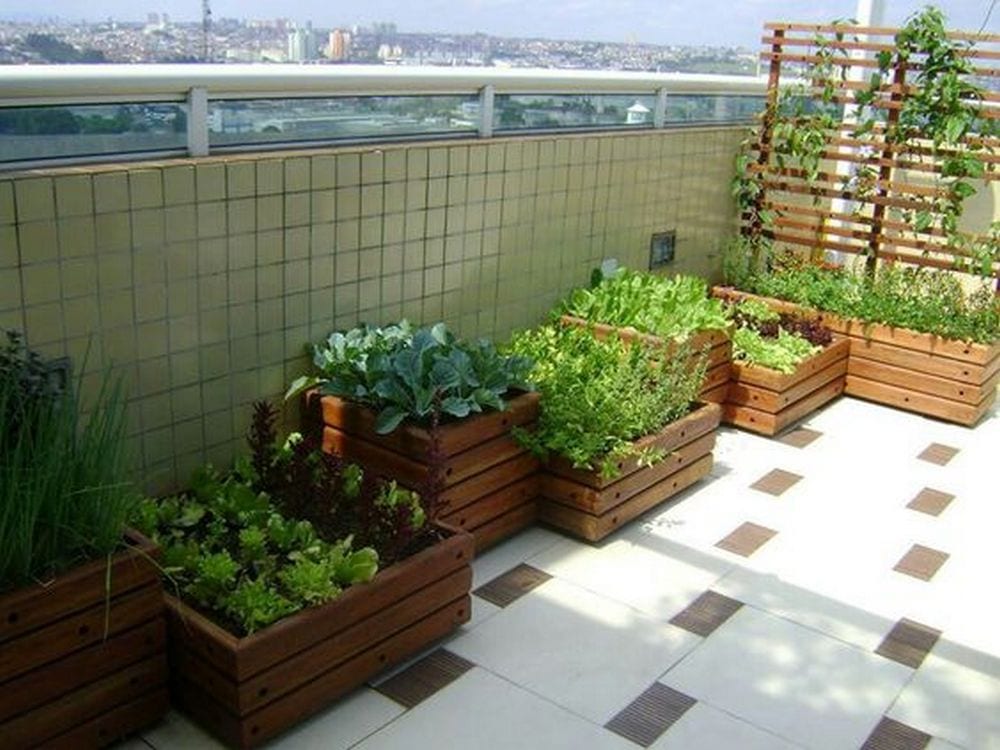
If you happen to live in a home with a small area, or in a tiny apartment, finding a space to grow a garden bed would be challenging. But it’s not impossible. You can grow a garden on your balcony and enjoy fresh vegetables and herbs.
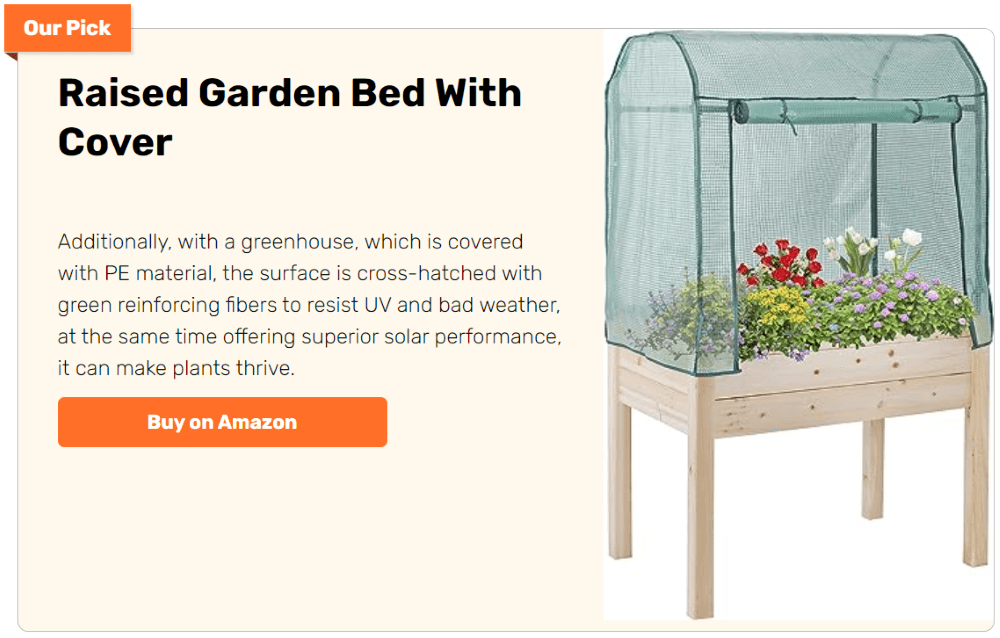
A balcony vegetable garden is fast becoming popular. Whether you choose to do it as a hobby or because you want access to wonderful greens when you want them, it’s a great thing to indulge in. You’d be surprised with how many veggies you can actually grow in such a small space.
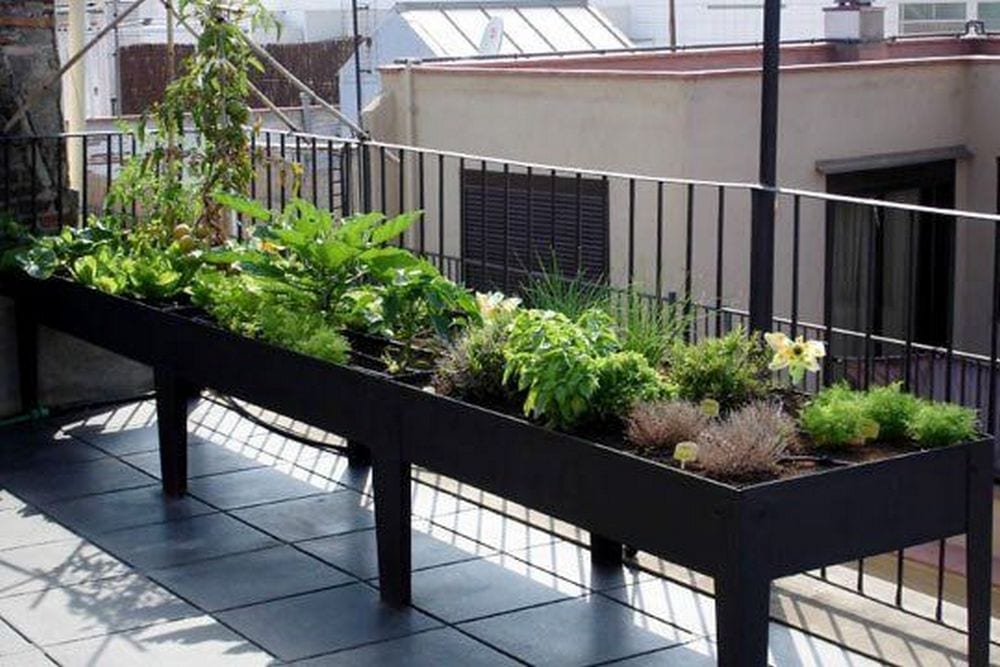
Start your balcony vegetable garden! It would be a fun bonding activity for you and your family. When your plants are ready for harvest, you’ll be extremely happy that you started one. You can use table planters, multi-tiered pots, vertical planters, or even potato bags!
Creating a Balcony Vegetable Garden
Contents
Materials:
- Planters/pots
- Seeds/spuds/roots
- Soil
Tools:
- Trowel
Steps:
Step 1: Choose the Right Planters or Pots
Select containers that fit your balcony space. Ensure they have drainage holes to prevent water buildup. If you have limited space, consider vertical planters, railing pots, or stackable containers.
Step 2: Select Your Vegetables
Pick vegetables that grow well in containers. Some great choices include:
- Leafy greens (lettuce, spinach, kale)
- Herbs (basil, mint, cilantro)
- Tomatoes and peppers
- Root vegetables (carrots, radishes, potatoes)
Step 3: Prepare the Soil
Use a high-quality potting mix designed for container gardening. Avoid regular garden soil, as it may compact and drain poorly. Mix in compost or organic fertilizer for added nutrients.
Step 4: Fill the Planters with Soil
Using your trowel, fill each container with soil, leaving about an inch of space at the top. Lightly press down to remove air pockets but don’t compact the soil too much.
Step 5: Plant the Seeds or Seedlings
- If using seeds, check the packet instructions for planting depth and spacing.
- If using seedlings, dig a small hole with your trowel, place the plant in, and gently cover the roots with soil.
- For root vegetables like potatoes, plant them about 3-4 inches deep and cover lightly with soil.
Step 6: Water Your Plants
Water your garden immediately after planting. Keep the soil moist but not soggy. Container gardens dry out faster than ground gardens, so check moisture levels daily.
Step 7: Place Your Planters in the Right Spot
Most vegetables need at least 6 hours of sunlight daily. Position your planters where they get the best light. If your balcony is shaded, consider using reflective surfaces or grow lights.
Step 8: Maintain Your Balcony Garden
- Water consistently and adjust based on the season.
- Add organic fertilizer every few weeks to promote growth.
- Trim and harvest regularly to encourage new growth.
Best Vegetables for a Balcony Garden
A balcony vegetable garden is a great way to grow fresh, organic produce even in small spaces. With the right plant choices, you can enjoy a bountiful harvest without needing a traditional garden bed. Some vegetables thrive in containers and adapt well to limited space, making them perfect for balconies. Whether you’re looking for quick-growing greens or compact fruiting plants, here are some of the best vegetables to grow in your balcony garden.
Leafy Greens
Leafy greens are among the easiest vegetables to grow in containers. They have shallow roots and require minimal space, making them ideal for small balconies. Lettuce, spinach, and kale grow quickly and can be harvested multiple times throughout the season. Most leafy greens thrive in partial shade, so if your balcony doesn’t get full sun, these are excellent choices. Use a wide, shallow container with well-draining soil and keep the soil consistently moist for the best results.
Tomatoes
Tomatoes are a balcony gardening favorite because they produce high yields in small spaces. They need at least six hours of direct sunlight daily and grow best in deep pots with good drainage. Choose compact or determinate varieties like cherry tomatoes, Roma, or patio tomatoes, as they don’t grow as large as indeterminate types. Providing a trellis or stake for support will help keep the plant upright and prevent breakage. Regular watering and occasional fertilizing will keep them producing throughout the season.
Peppers
Both sweet and hot peppers thrive in containers and add a colorful, edible touch to a balcony garden. Like tomatoes, they need plenty of sunlight and well-draining soil. Compact varieties such as mini bell peppers or jalapeños do exceptionally well in pots. Keep the soil evenly moist but avoid overwatering, as peppers don’t like soggy roots. With proper care, you’ll have a steady supply of peppers for cooking and snacking.
Radishes
Radishes are one of the quickest-growing vegetables, ready to harvest in as little as 25 days. They don’t require much space and can grow in shallow pots, making them ideal for small balconies. Plant radish seeds directly in the soil, keeping them spaced apart to allow proper root development. They prefer cooler temperatures, so they’re perfect for early spring and fall planting. Consistent watering helps them grow evenly and prevents the roots from becoming too spicy or tough.
Carrots
Carrots may not seem like an obvious choice for a balcony garden, but they do well in deep pots. Choose short or round varieties like Parisian or Thumbelina carrots, as they are better suited for container gardening. Loose, sandy soil is key to preventing stunted or misshapen roots. Regular watering and thinning out crowded seedlings will help your carrots grow evenly and develop sweet, crisp roots.
Herbs
Although not technically vegetables, herbs are a must-have for any balcony garden. Basil, mint, parsley, cilantro, and chives thrive in pots and can be grown alongside vegetables. Herbs require minimal space, and many varieties are low maintenance. Some, like basil, love full sun, while others, like mint, prefer partial shade. Growing herbs in your balcony garden ensures a fresh supply for cooking while also helping deter pests from other plants.
Green Beans
Green beans, especially bush varieties, are excellent for container gardening. They grow quickly, don’t require much maintenance, and can produce for weeks. Pole beans need a trellis or support, but they offer vertical growth, which saves space on a small balcony. Beans prefer full sun and well-drained soil, and they’ll reward you with continuous harvests if picked regularly.
Cucumbers
Cucumbers can be grown in a balcony garden, provided they have enough support to climb. Bush cucumber varieties are best for small spaces, but vining types can also be trained up a trellis to save room. They need full sun, consistent watering, and nutrient-rich soil. Since cucumbers grow fast, regular harvesting encourages more fruit production throughout the season.
Scallions and Garlic
Scallions (green onions) and garlic are low-maintenance and thrive in containers. Scallions can be harvested continuously, while garlic takes longer but produces flavorful bulbs. Both require minimal space and grow well in shallow pots. If you enjoy home-cooked meals, having fresh onions and garlic at your fingertips will enhance your cooking.
A balcony vegetable garden offers a rewarding way to grow fresh food, even in a limited space. By selecting the right vegetables, you can maximize your harvest and enjoy a variety of homegrown produce throughout the season. Whether you prefer fast-growing leafy greens, productive tomatoes, or flavorful herbs, there’s a perfect vegetable for every balcony garden. With the right care, even a small space can provide an abundant and delicious harvest.
Click on any image to start the lightbox display. Use your Esc key to close the lightbox.
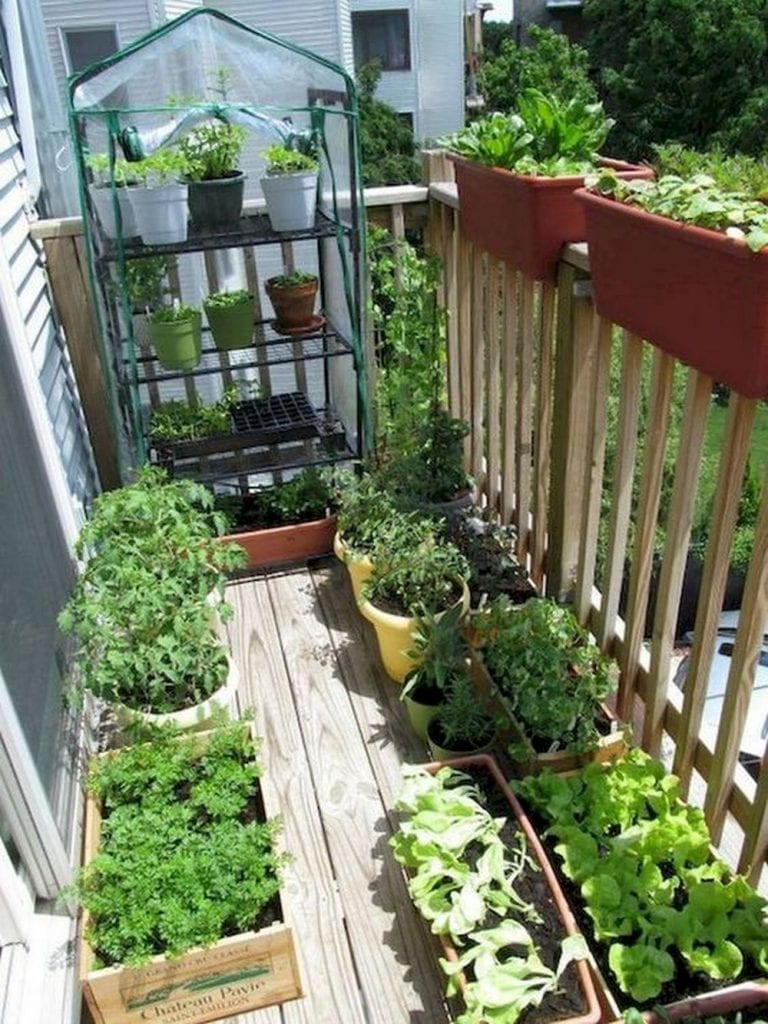
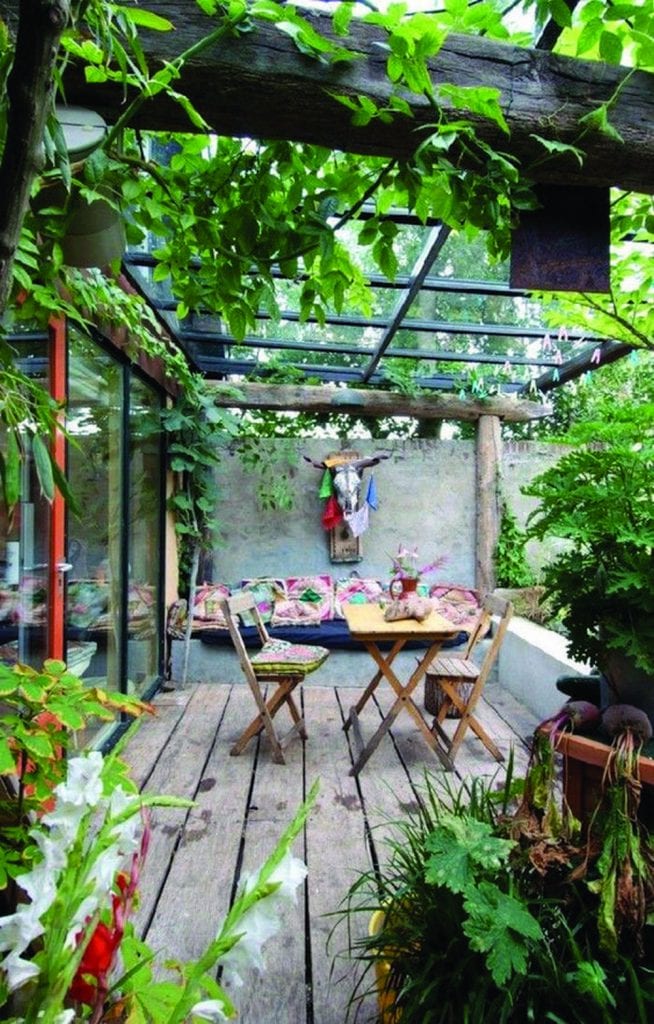
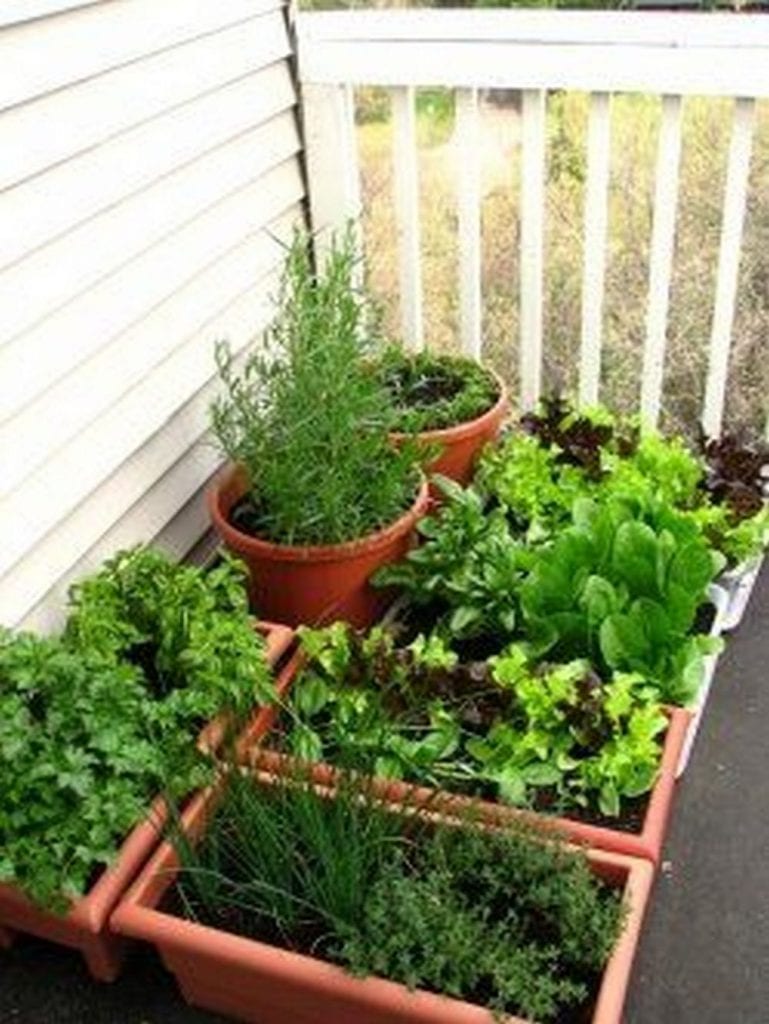

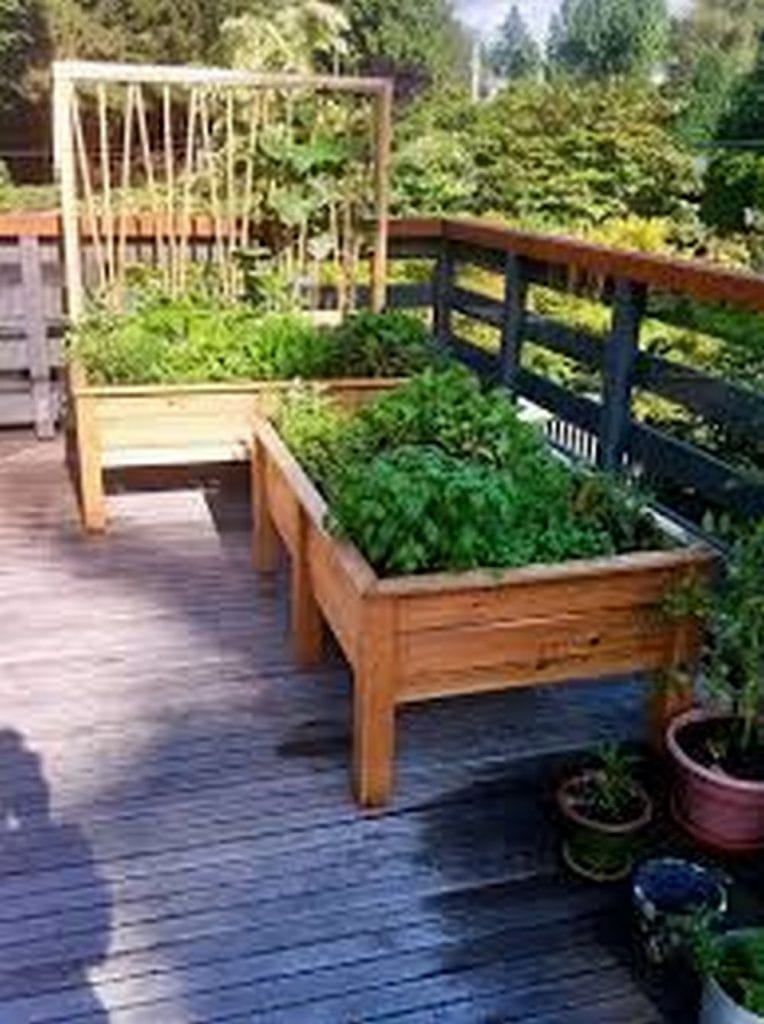
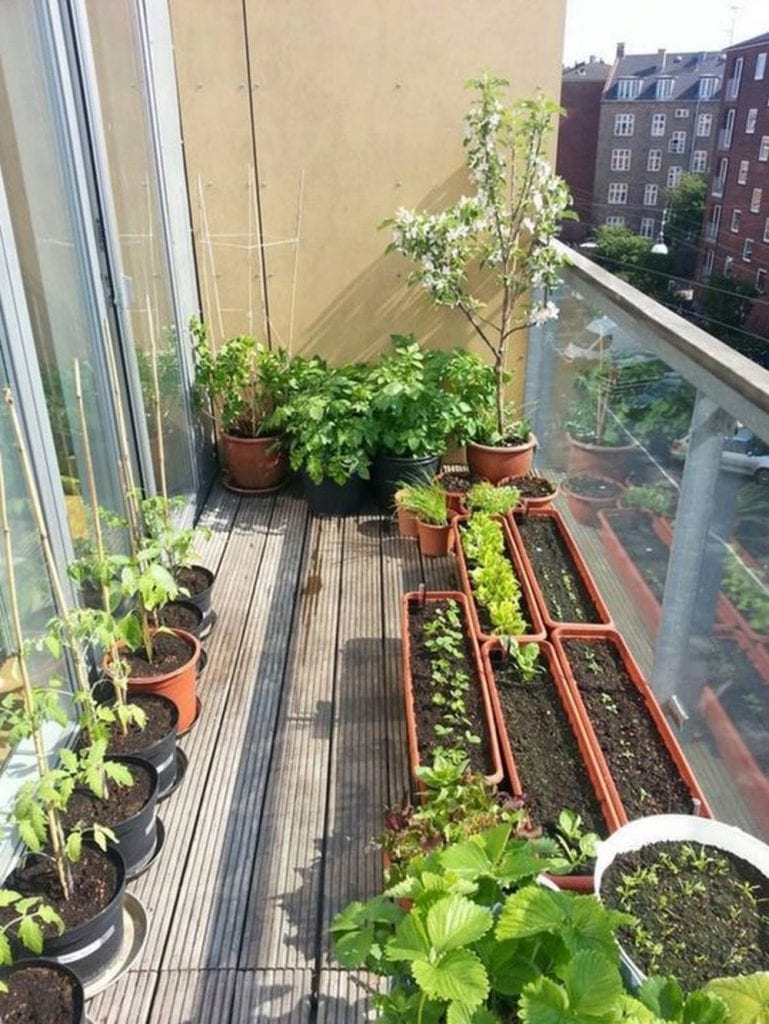

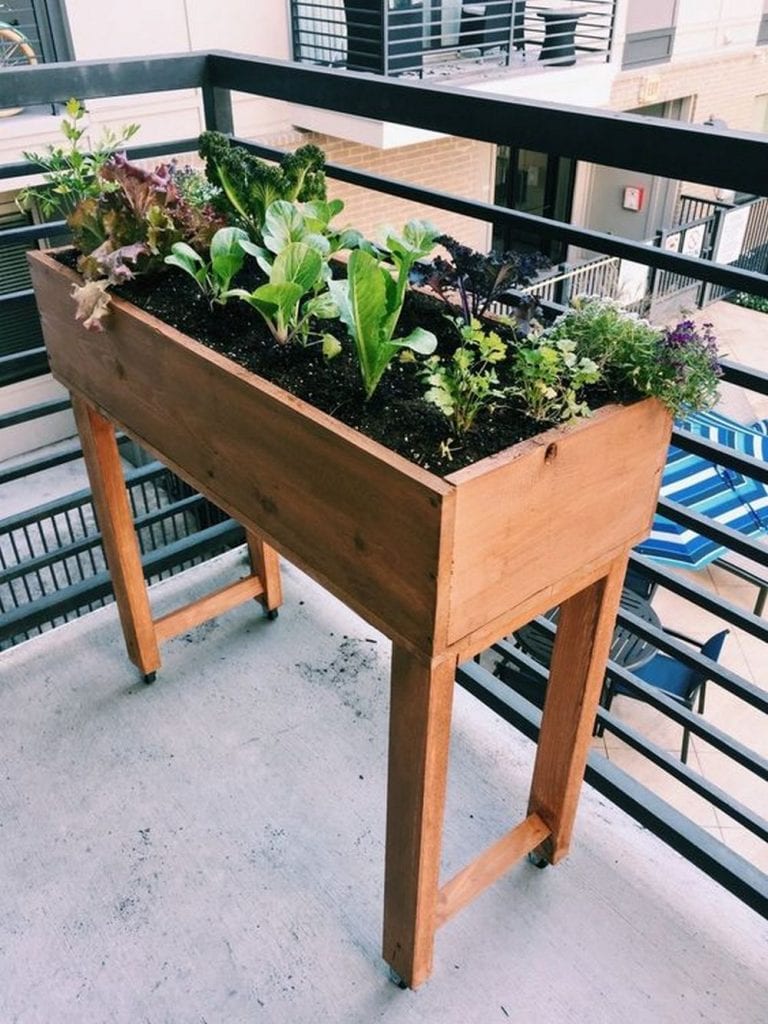
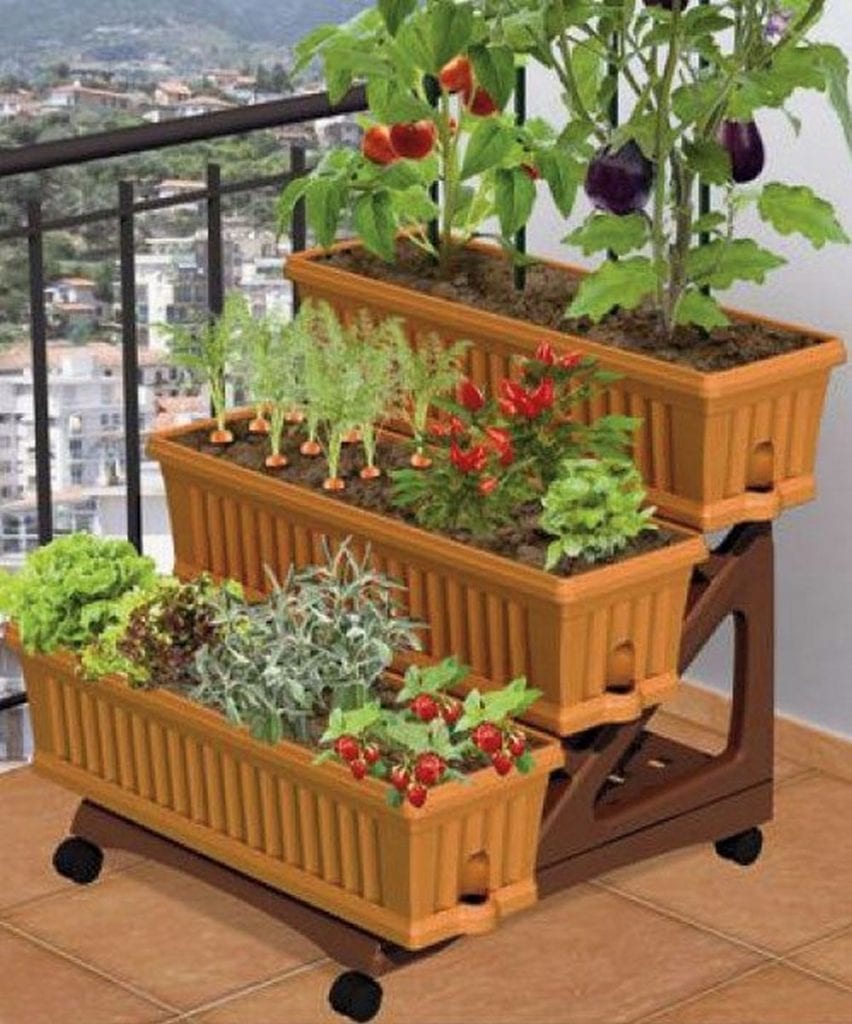
Choosing the Right Containers for Your Balcony Garden
A successful balcony vegetable garden starts with the right containers. Since space is limited, choosing the best pots and planters can make a big difference in plant health and productivity. The right container will provide proper drainage, retain moisture, and allow your vegetables to develop strong roots. Here’s how to pick the best containers for your balcony garden.
Size Matters
The size of your container plays a crucial role in plant growth. Different vegetables require different amounts of space for their roots to spread. Shallow-rooted plants like lettuce, spinach, and herbs do well in smaller pots, while deep-rooted plants like tomatoes, carrots, and peppers need larger, deeper containers.
- Small containers (6-8 inches deep): Herbs, radishes, and green onions.
- Medium containers (10-12 inches deep): Peppers, bush beans, and lettuce.
- Large containers (12-18 inches deep): Tomatoes, carrots, and cucumbers.
If you’re short on space, consider using tiered planters or stackable pots to grow more in a compact area.
Material Options
Containers come in a variety of materials, each with its own benefits. The best choice depends on your climate, budget, and the type of plants you want to grow.
- Plastic pots – Lightweight, affordable, and retain moisture well, making them ideal for hot climates. However, they may degrade over time when exposed to direct sunlight.
- Terracotta or clay pots – Aesthetic and breathable, but they dry out quickly and may require more frequent watering. They are best for plants that prefer drier soil, like herbs.
- Fabric grow bags – Excellent for root aeration and drainage. These are great for growing potatoes, tomatoes, and other deep-rooted plants.
- Wooden planters – Provide insulation for plant roots and a natural look. Make sure they are made from rot-resistant wood like cedar and have proper drainage holes.
- Metal containers – Durable and stylish but can heat up quickly in direct sun, potentially damaging plant roots. Lining them with an insulating layer can help regulate temperature.
Drainage is Essential
Without proper drainage, plant roots can rot due to excess moisture. Choose containers with drainage holes at the bottom to allow excess water to escape. If your pot doesn’t have holes, drill a few to improve drainage. Elevating containers slightly using pot feet or bricks will also help prevent water buildup.
For balconies with strict water runoff rules, use self-watering planters or place saucers under pots to catch excess water.
Maximizing Space with Smart Containers
If you have a small balcony, using vertical space is key. There are several space-saving container options to consider:
- Hanging baskets – Ideal for trailing plants like cherry tomatoes, strawberries, and herbs.
- Wall-mounted planters – Attach to balcony railings or walls for growing lettuce, spinach, or small herbs.
- Trellised pots – Perfect for climbing vegetables like cucumbers, beans, and peas.
- Stackable planters – Help maximize growing space while keeping plants organized.
Self-Watering Containers for Low-Maintenance Gardening
If you travel often or forget to water your plants, self-watering containers are a great option. These have a built-in reservoir that allows plants to absorb water as needed. They keep soil consistently moist, reducing the need for frequent watering. Self-watering planters work well for tomatoes, peppers, and leafy greens.
Selecting the right containers for your balcony vegetable garden ensures healthy plant growth and maximizes your available space. Choose containers that suit your plant’s needs, provide proper drainage, and fit your balcony’s layout. With the right setup, you can enjoy fresh, homegrown vegetables no matter your space’s size.
Conclusion
Creating a balcony vegetable garden is rewarding to grow fresh produce in a limited space. You can enjoy a thriving mini-garden outside your door by choosing the right containers, selecting suitable vegetables, and providing proper care. With a little effort, your balcony can become a productive and beautiful space filled with homegrown vegetables.
We have more ways for apartment or condo owners to grow vegetables. Check out our urban gardening strategy guides next!








